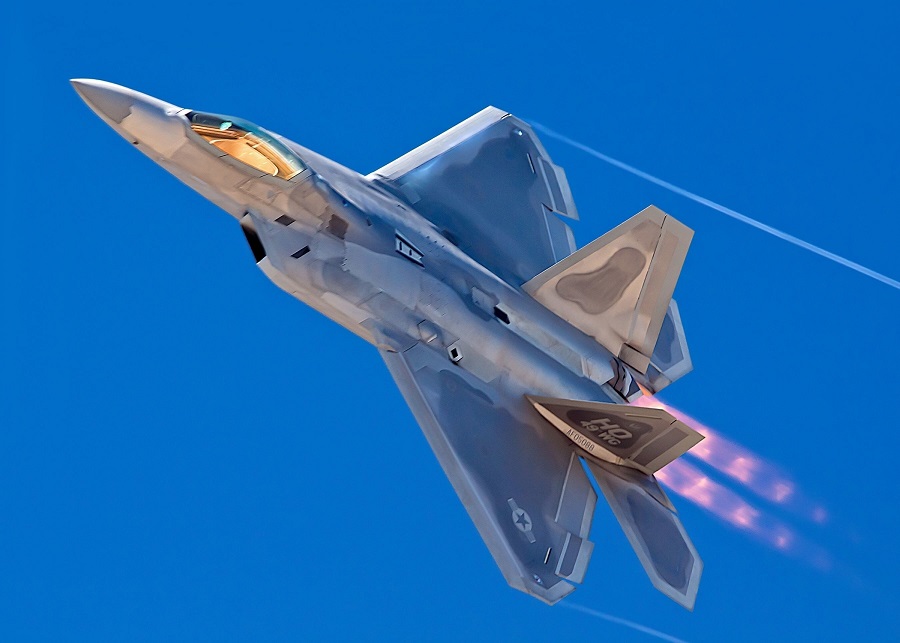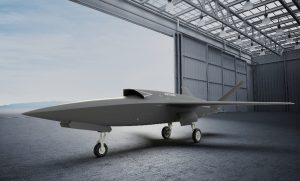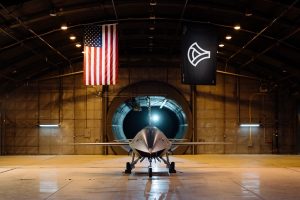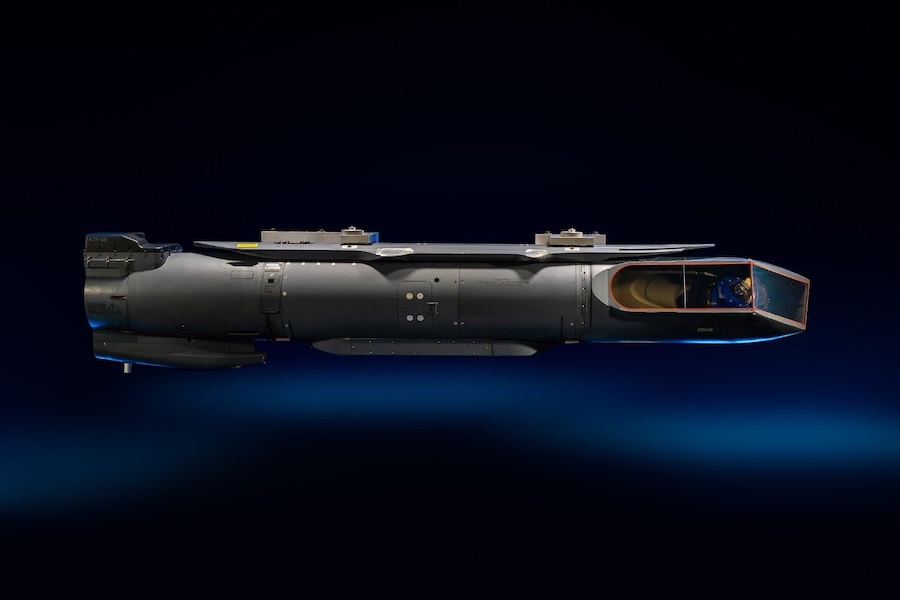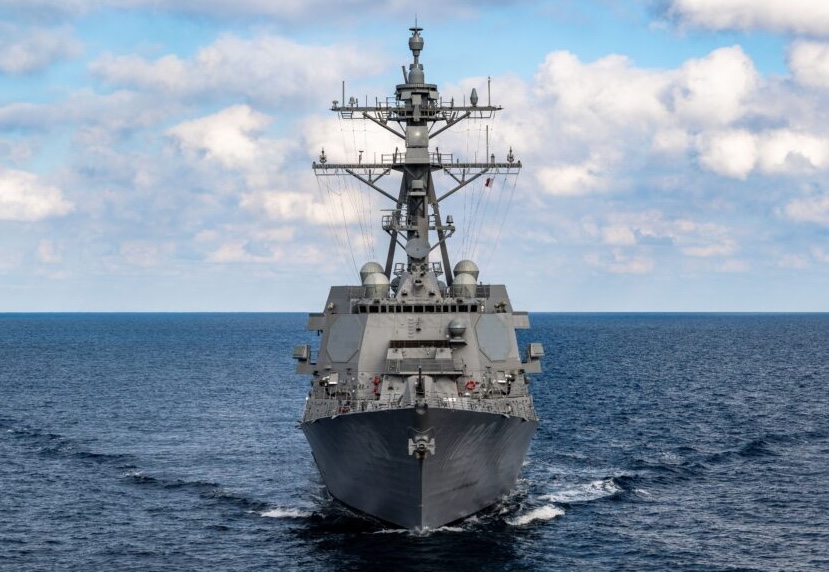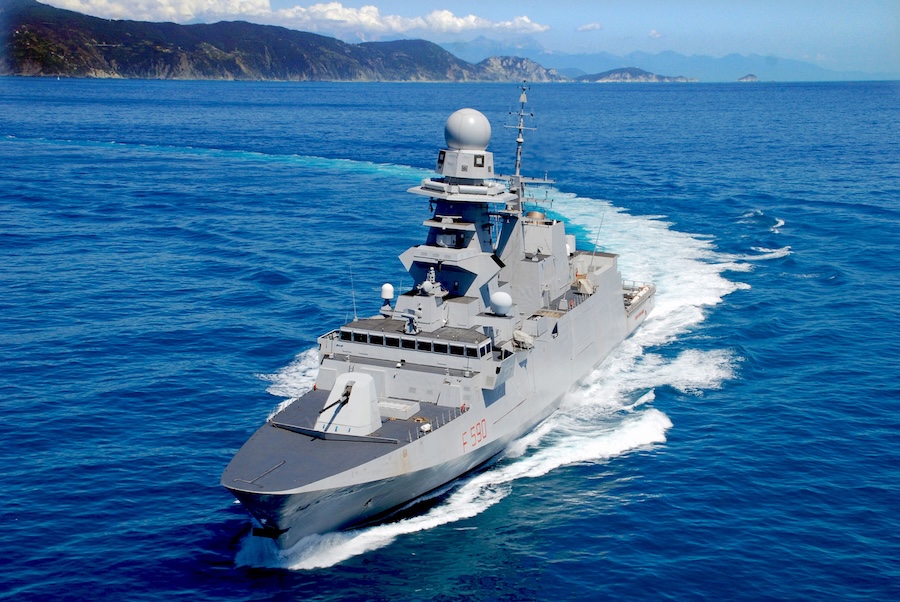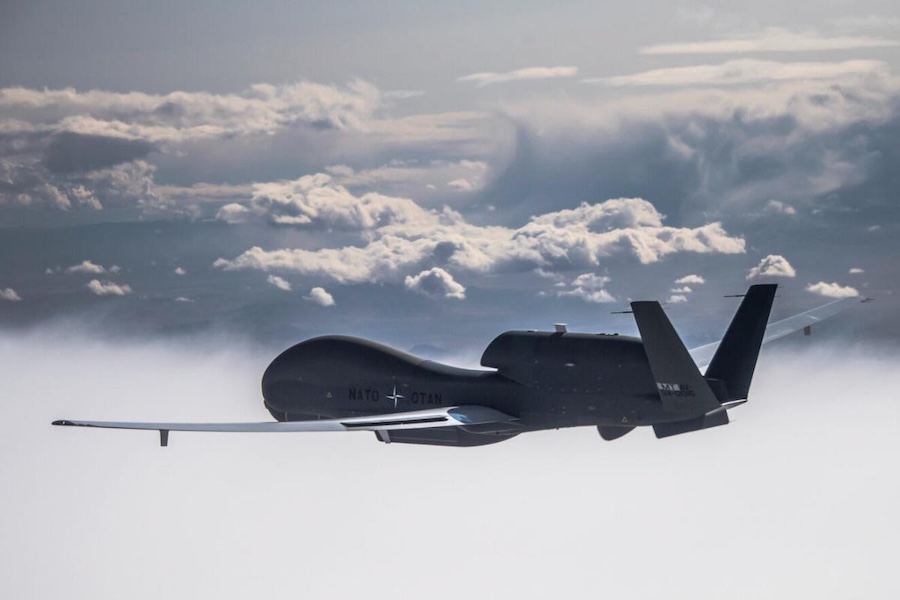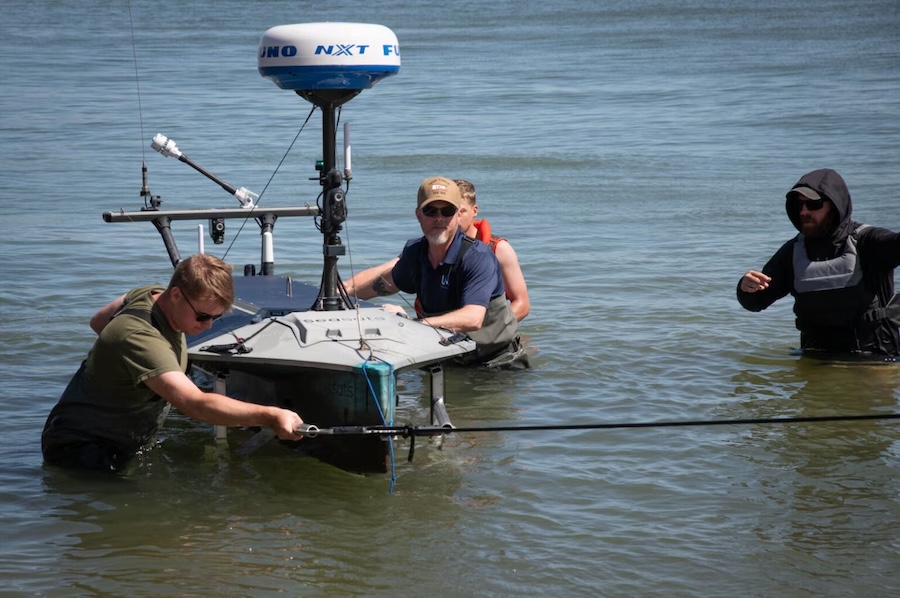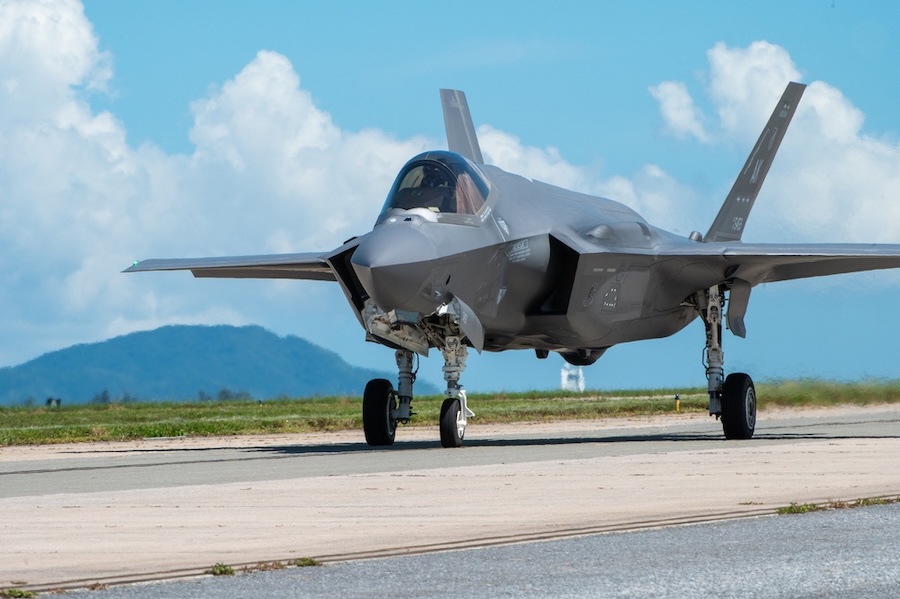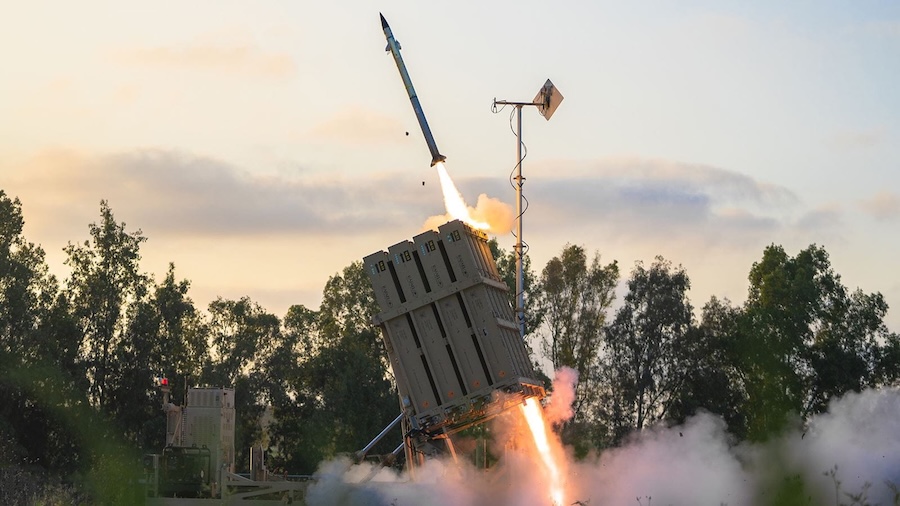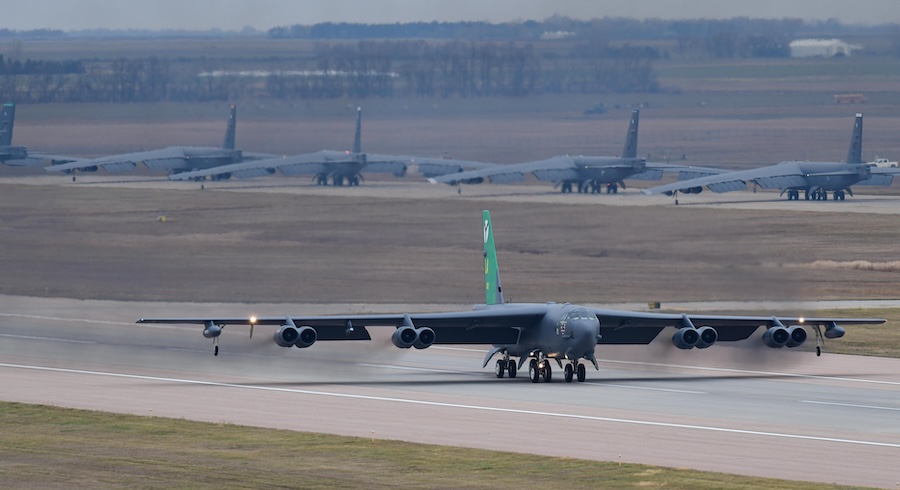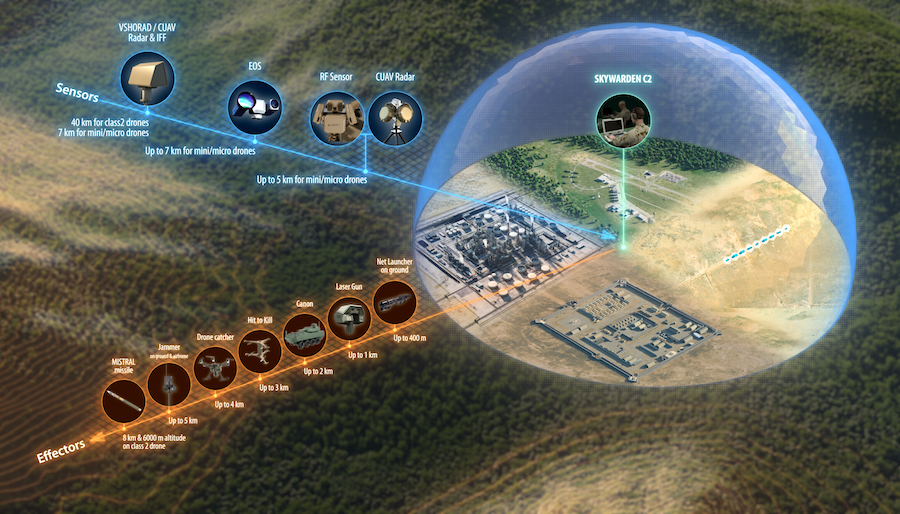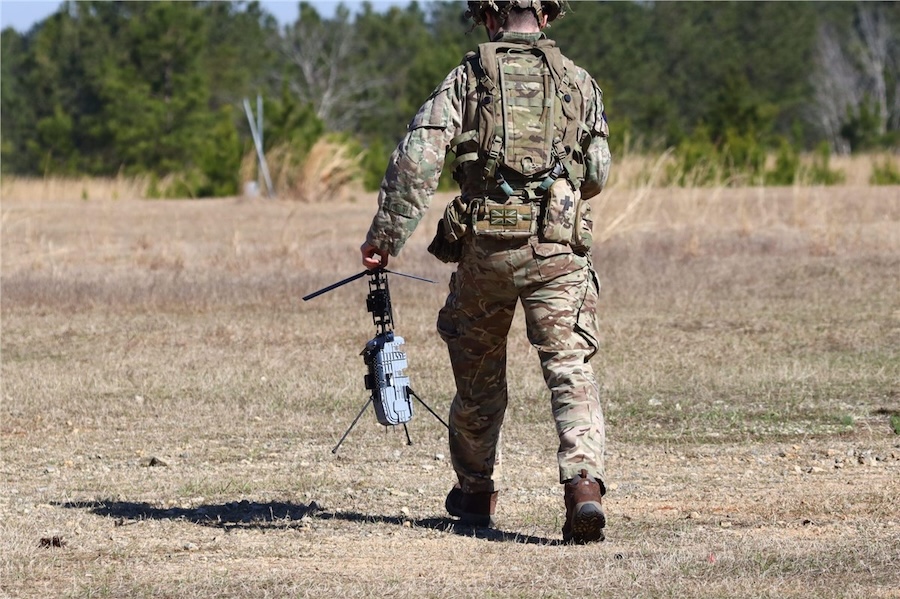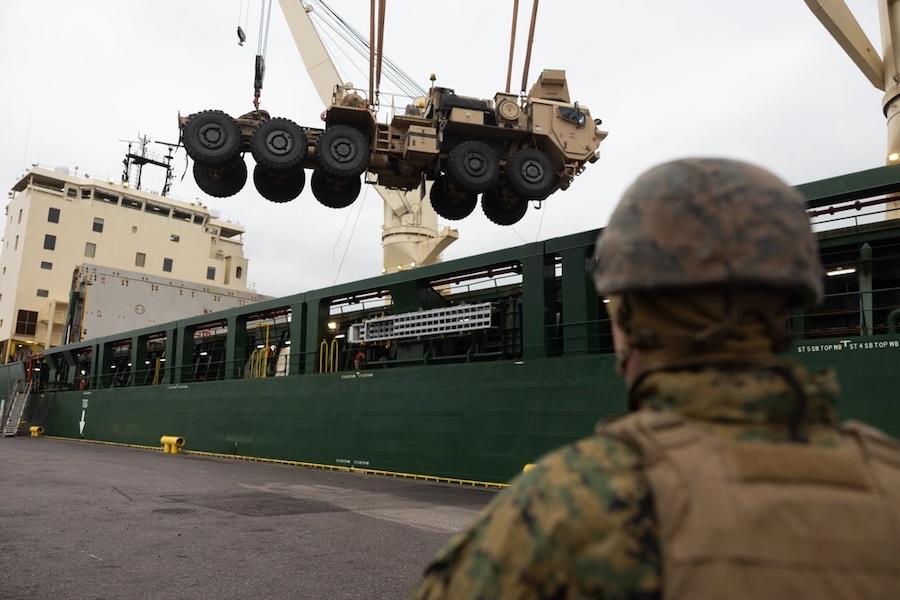Under the recently announced Crew-ed Platform Integration (CPI) programme, a number of combat-capable F‑22s will be fitted with specialised control interfaces to coordinate and command CCA drones during missions. These enhancements include secure communications, updated avionics, and ruggedised in-cockpit tablets designed for high-speed operational environments.
Although originally not designed for such a role, the F‑22’s advanced stealth, sensors, and connectivity – particularly its Interflight Data Link (IFDL) – make it a suitable platform for early CCA integration. This initiative is part of a broader shift in U.S. air power strategy, where future aerial operations are expected to involve distributed teams of manned aircraft and semi-autonomous systems.
The Air Force’s intention is to evaluate how effectively a human pilot in a high-performance jet can manage multiple drones in real-time combat conditions. These drones are expected to perform a range of supporting roles—from surveillance and electronic warfare to acting as decoys or even launching their own weapons.
The drones under development include General Atomics’ Gambit platform (YFQ-42A) and Anduril’s Fury (YFQ-44A), both designed to accompany and support manned aircraft. These CCA systems are built with modularity and artificial intelligence at their core, allowing them to operate with varying levels of autonomy depending on mission requirements.
Maintaining Air Superiority Through Rapid Adaptation
This strategy reflects a practical and cost-effective approach to advancing drone integration while the U.S. Air Force continues to develop its sixth-generation Next Generation Air Dominance (NGAD) programme. While the NGAD fighter remains in development, the Air Force aims to bridge the gap by using proven platforms like the F‑22 to develop operational experience with CCA systems.
Approximately $870 million has been allocated for CCA development in the 2026 defence budget, alongside funds to upgrade F‑22s with drone-control capability. The long-term vision includes a drone fleet of up to 1,000 aircraft, complementing a smaller number of crewed fighters.
The deployment of F‑22s in a command-and-control role for CCAs would represent a major shift in air combat doctrine. Rather than operating independently, future fighter aircraft are expected to function as nodes within a networked force structure—managing autonomous platforms that extend reach, survivability and lethality.
However, the concept is still in its early stages. Operational integration will require rigorous testing and validation, not only of technology but also of pilot workload, tactics, and human–machine collaboration.
With this move, the U.S. Air Force is positioning the F‑22—a platform once envisioned solely for air dominance—as a testbed for the future of aerial warfare. By combining legacy stealth capabilities with advanced unmanned systems, the Air Force hopes to accelerate the transition toward a more flexible and resilient air combat ecosystem.




